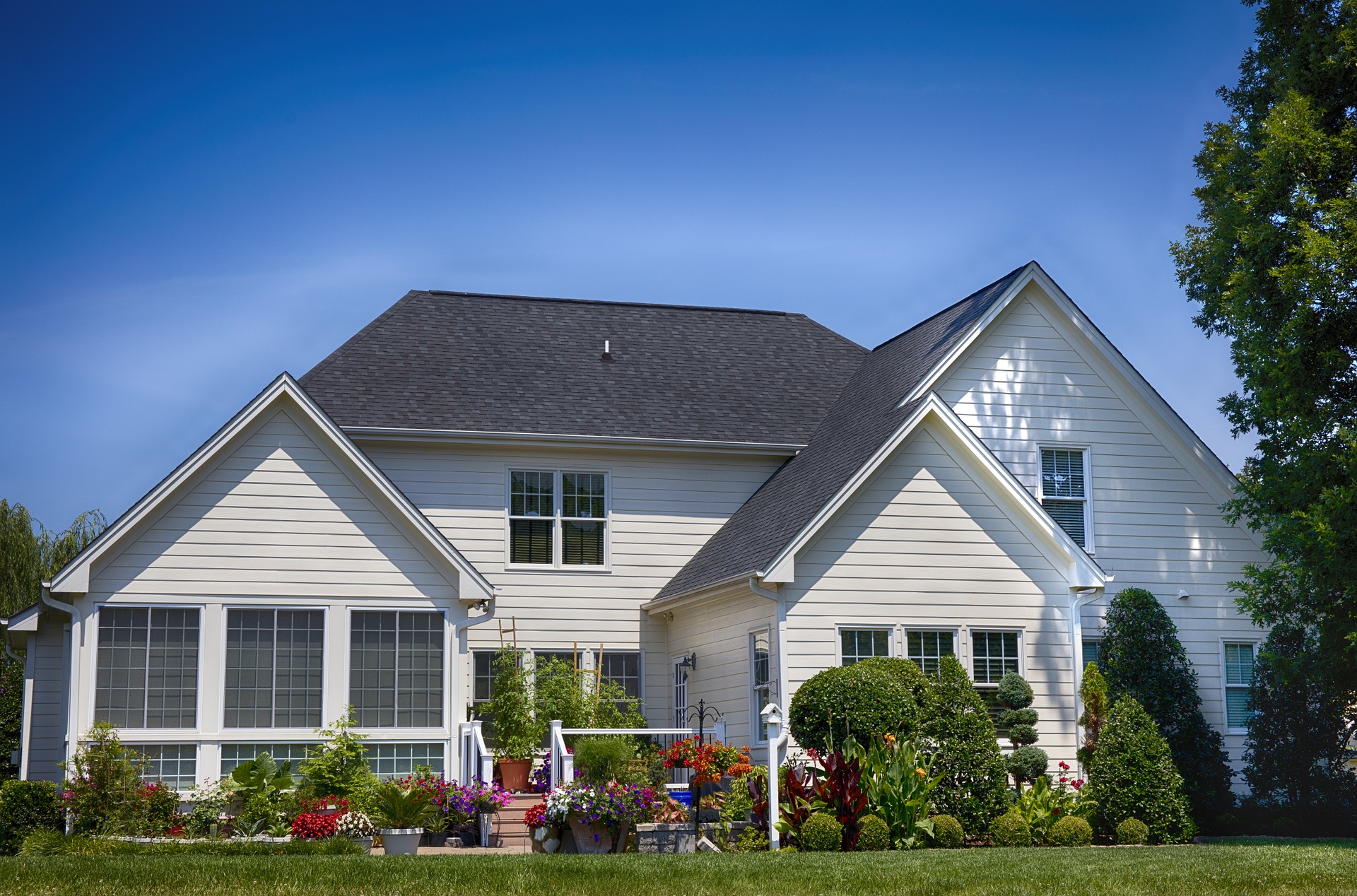 In a 2020 survey conducted by Pew Research Center, 63 percent of Americans said they wanted stricter environmental regulations. And more than that, they want them at any cost. Most of those surveyed have also noticed climate change impacts in their local communities.
In a 2020 survey conducted by Pew Research Center, 63 percent of Americans said they wanted stricter environmental regulations. And more than that, they want them at any cost. Most of those surveyed have also noticed climate change impacts in their local communities.
If you’re looking to participate in the fight against climate change, it starts with you and your family. Get started with this set of easy tips for going green at home.
1. Always Buy Second Hand First
Outside of yard sales and your local thrift stores, check out the Facebook “Buy Nothing” groups in your area, Craigslist, and Freecycle. You can pick up everything from a new dining table to books for the kids for next to nothing if you shop around.
Quality second-hand clothes can be bought (and sold) on websites like Poshmark, Etsy, and ASOS Marketplace.
Alternatively, try a no-spend challenge. For the duration of a week, month, or year you only spend money on needs, not wants. Food, shelter, and transport to and from work.
Learn to exercise your “no muscle” when it comes to impulse shopping and you’ll cut down on unnecessary purchases, learn how to go green at home, and save money.
2. Make Your Own Household Cleaners
Baking soda. Vinegar. Essential oils and bar soap.
Gather a few simple ingredients you likely already have in your kitchen. You can whip up an astonishing number of sprays, tile scrubs, counter cleaners, polishes, and deodorizers.
If you’re time-poor but still want to go green when you clean, buy products with a Safer Choice label. The EPA confirms these products are more environmentally friendly and safer for human health.
3. Going Green at Home With Solar Energy
In 2019, more than 2 million solar power for homes were installed in the USA. This number is expected to double by 2023.
The benefits of going solar include:
- Cost savings on your utility bills
- Cheaper heating
- Increased home value
- You won’t be affected by grid outages
- Reduction in your household greenhouse gas emissions
Almost all regions of the United States get enough sunlight hours to support the use of solar panels. If you’re thinking of installing solar power systems in your home, be sure to work with local solar companies. They will be familiar with weather conditions and rebates in your area.
4. Plant a Garden
There has been a boom in home gardening in the USA since the COVID-19 outbreak began. In March of 2020, W. Atlee Burpee & Co sold more seed than ever before. The US seed company has been around for close to 150 years.
Join the trend and start a vegetable garden. You don’t need a big yard. It’s amazing what you can produce on a sunny balcony with a few pots, some organic potting soil, and a handful of seeds.
Don’t want to spend the time tending a vegetable garden? Plant your lawn with native groundcovers to increase diversity and provide food for local critters.
Don’t Rush the Change
Even if you decide to implement just one of these tips into your day-to-day life, you’ll be doing your bit for the environment.
Going green at home is hard, so go slow. Choose a single tip to do one month. When that’s become a habit, add another one.
Are you all fired up and ready to save the world? Browse our blog for more great ideas on eco-friendly living.
